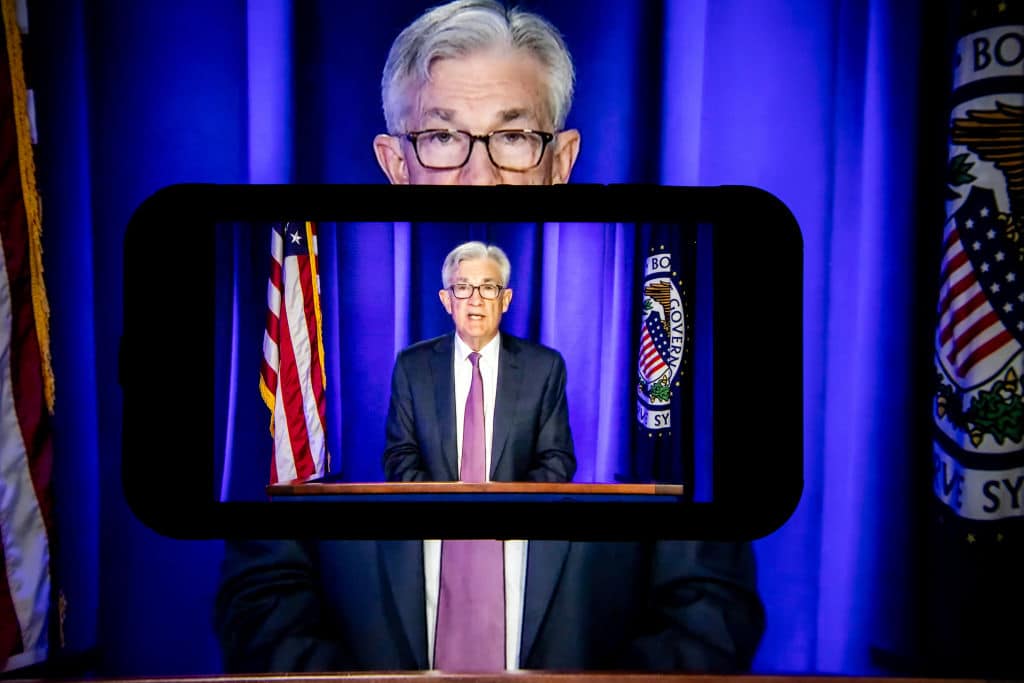TOPLINE
The Federal Reserve on Wednesday raised interest rates for the first time in more than three years in an effort to combat the quickest surge in prices in over 40 years, kicking off a series of rate hikes that will make a slew of debt offerings—including some student loans, credit cards and future mortgages—more expensive.
KEY FACTS
“Now is the time to aggressively pay down high-cost credit cards,” Bankrate Chief Financial Analyst Greg McBride said in emailed comments, pointing out nearly all credit cards come with variable interest rates that fluctuate in tandem with the federal funds rate determined by the Fed.
One rate hike alone isn’t likely to have a considerable effect on smaller-ticket items including auto financing, but McBride notes uncertainty remains around how many more interest-rate hikes will come this year as the Fed looks to combat inflation amid spiking oil prices.
Though federal student loans are doled out with fixed rates that won’t be affected, private loans—which represent about 8% of the market with some $131 billion in loans outstanding—often come with variable rates that tick up after Fed hikes.
“Volatile markets and the uncertainties of war put the brakes on rising mortgage rates,” but McBride cautions that home-equity lines of credit almost always carry variable rates that would see an almost immediate impact, and fixed rates will likely start increasing for new mortgages; the average 30-year fixed rate mortgage went from 3.4% to 4.9% during the Fed’s last hiking cycle.
One bright spot? “The outlook for savers is getting better,” says McBride, pointing out high-yielding savings accounts and certificates of deposit will raise payouts even though most banks “are likely to be stingy about passing along higher rates.”
NEWS PEG
Fed officials announced an interest rate hike of 25 basis points at the conclusion of their two-day policy meeting Wednesday afternoon, as was largely expected.
WHAT TO WATCH FOR
In a Wednesday statement, Fed Chair Jerome Powell said officials believed “ongoing increases in the target range will be appropriate,” but he stopped short of indicating how many rate hikes there may be this year. “With inflation likely to remain uncomfortably high all year, the [Fed] will probably only [stop raising rates] if it thinks further tightening risks pushing the economy into recession,” Goldman Sachs economist David Mericle wrote in a Monday note to clients. Goldman projects the Fed will raise rates by 25 basis points at each of its remaining seven meetings this year, with a 50-basis-point hike possible if downside economic risks stemming from Russia’s invasion of Ukraine diminish.
BIG NUMBER
$15.6 trillion. That’s how much debt American households held last quarter—the highest amount ever, according to the New York Federal Reserve. Though most of it is contained in fixed-rate housing debt, the overall figure jumped by the biggest amount in 14 years last quarter as fast-rising home and auto prices helped mortgage balances swell by $258 billion and car loans jump by $181 billion. Credit card balances, on the other hand, increased by $52 billion, while student loan debt actually contracted by $8 billion.
